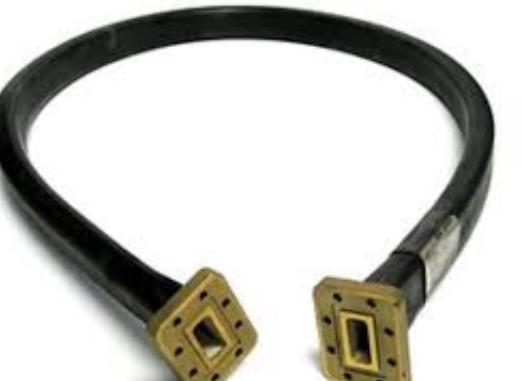Why Is a Waveguide Pressure Window Necessary?
In the complex assembly of microwave and radio frequency (RF) systems, a waveguide pressure window serves as a critical component for maintaining the integrity and functionality of the waveguide under various environmental conditions. This seemingly simple piece plays a vital role in safeguarding sensitive electronics and ensuring consistent performance, regardless of external pressures and atmospheres.

Sealing and Protecting RF Systems
Maintaining Atmospheric Integrity
A waveguide pressure window is essential for maintaining the internal atmosphere of waveguides that are exposed to different external pressures. These windows are designed to create a hermetic seal at the end of a waveguide, preventing air, moisture, and contaminants from entering the system. This is particularly crucial in applications where waveguides run through environments with fluctuating or extreme pressures, such as in aerospace applications or undersea communications.
Ensuring Signal Consistency
The integrity of the atmosphere inside a waveguide directly impacts the consistency and quality of the signals transmitted through it. Any ingress of moisture or air can alter the dielectric properties of the waveguide, leading to signal loss, attenuation, and degradation. Pressure windows use materials such as quartz or borosilicate glass, which not only provide a strong physical barrier but also possess low microwave absorption properties, ensuring minimal impact on the signal.
Applications Across Various Industries
Satellite and Space Applications
In satellite and space applications, waveguide pressure windows are indispensable. The vacuum of space presents a significant challenge, as waveguide systems must be completely sealed to prevent the vacuum from disrupting the internal components. The pressure windows installed in these systems must withstand the extreme differential between the vacuum of space and the internal pressure of the waveguides, often tested to withstand pressure differentials of several atmospheres.
Underwater Communications
For underwater RF applications, such as submarine communication systems, pressure windows protect waveguides from the high external pressures found underwater. These windows must be robust enough to prevent crushing under the external pressure, which can be dozens or even hundreds of atmospheres, depending on the depth.
Enhancing System Reliability and Longevity
Protection Against Environmental Hazards
Waveguide pressure windows also protect internal components from environmental hazards such as salt, sand, and other corrosive or abrasive elements. This protection is crucial for maintaining the longevity and reliability of the waveguide system, particularly in harsh environments like marine or desert conditions.
Minimizing Maintenance Needs
By preventing contamination and pressure-related damages, pressure windows significantly reduce the need for frequent maintenance and repairs. This reduction in maintenance not only extends the lifespan of the waveguide system but also reduces operational costs.
Waveguide Pressure Window necessity is evident across a broad range of RF applications, where they provide critical protection against environmental pressures and contaminants. These windows ensure that sophisticated communication and radar systems can operate flawlessly in diverse and challenging environments, from the depths of the oceans to the vacuum of space, underscoring their essential role in modern RF technology.